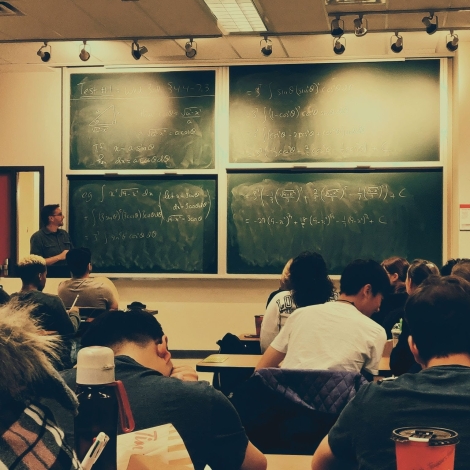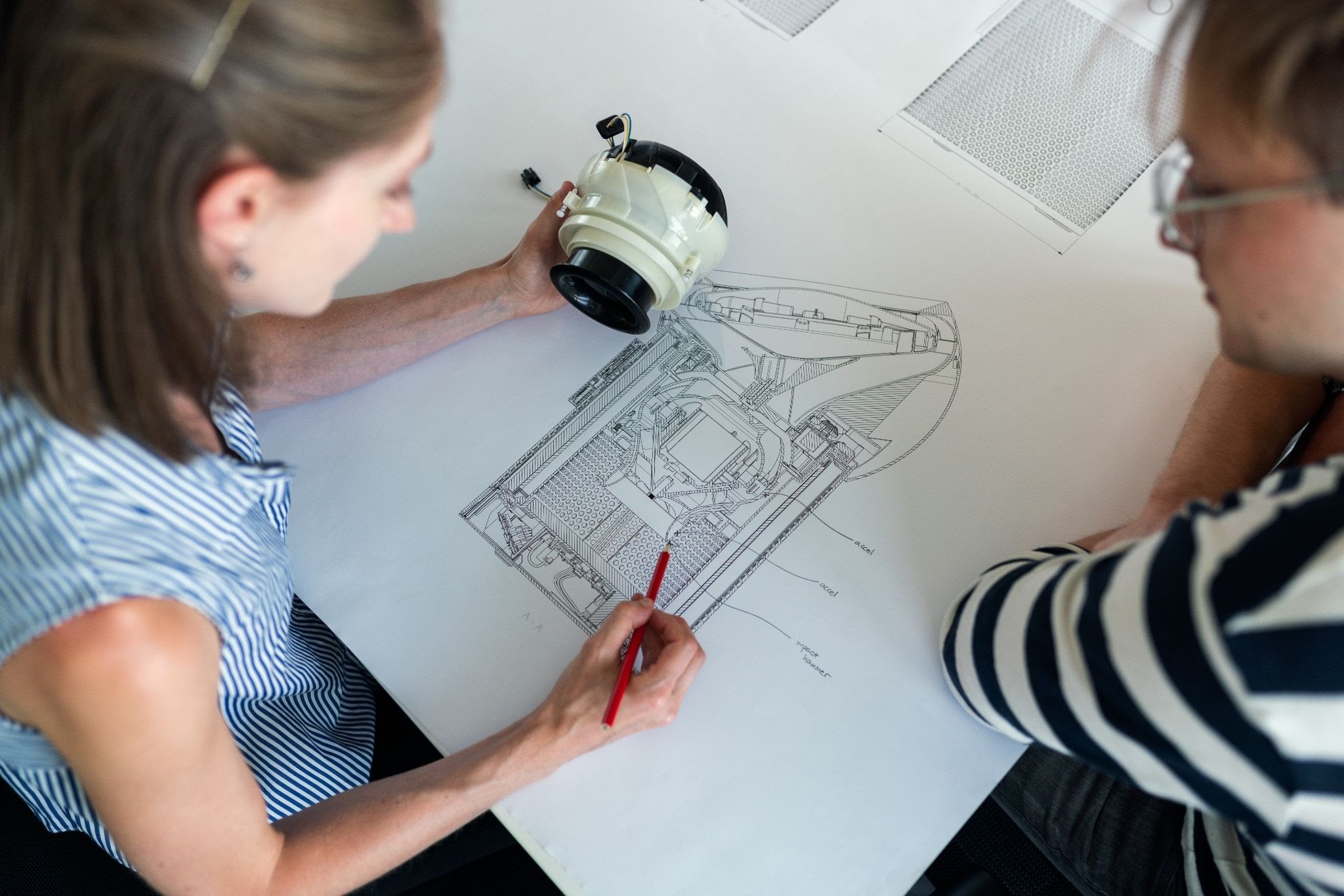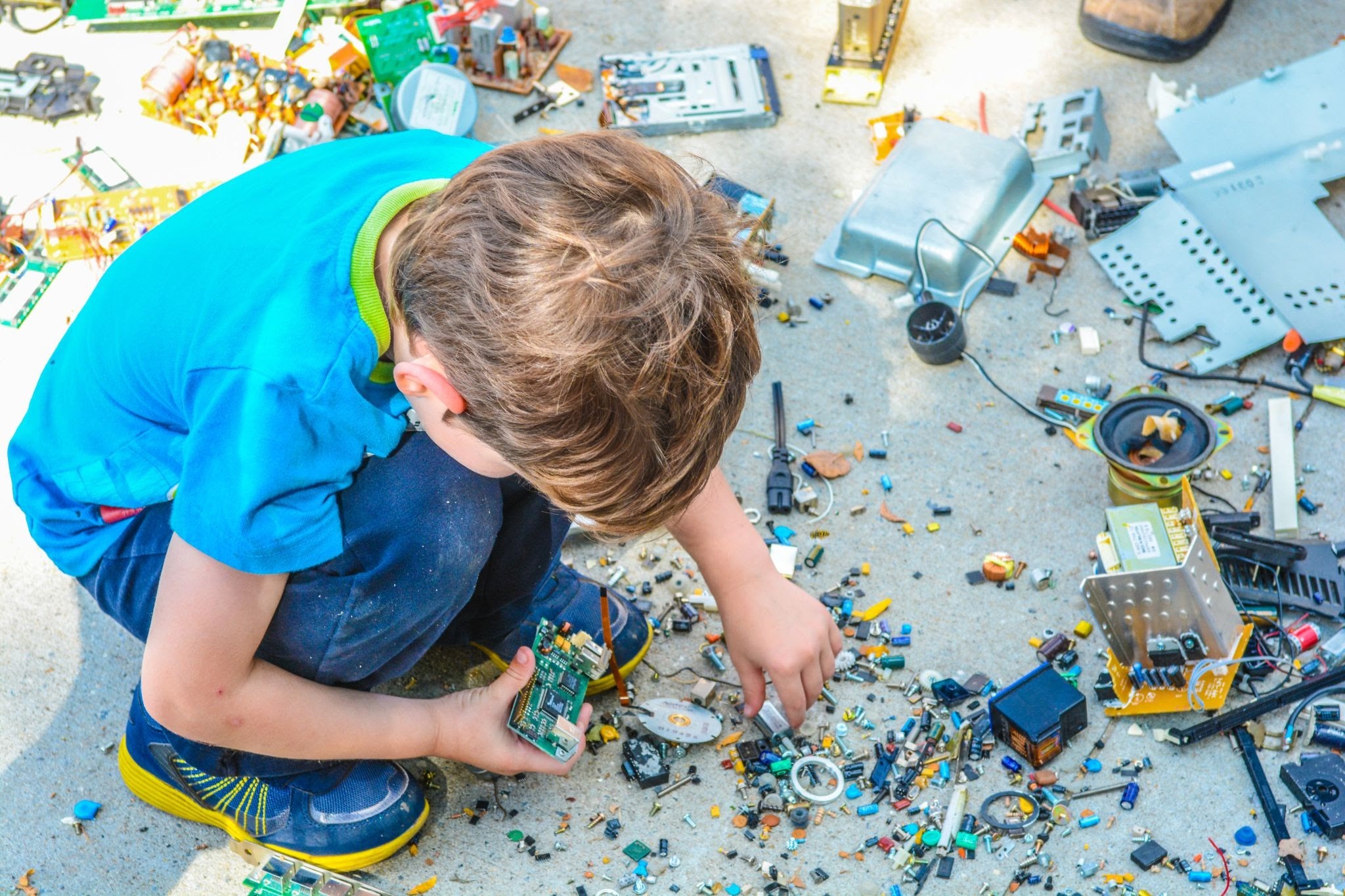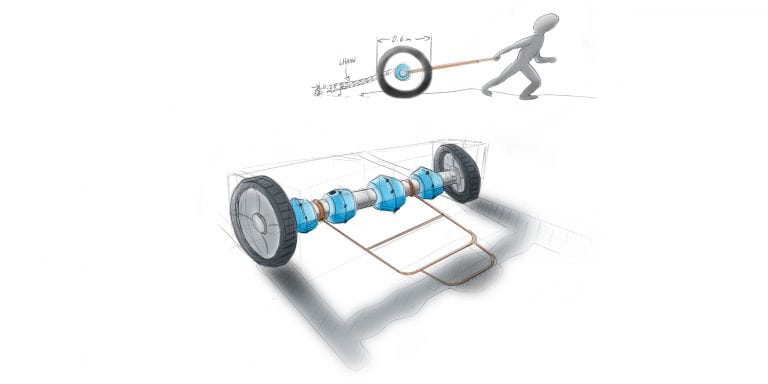‘Creative’ is not a word that many professional engineers and engineering students would use to describe themselves. If you ask students why they chose engineering as a major, they may likely say something about the precision of engineering, that there is only a single right answer for each engineering problem. Working professionals have recognized the flaw in that outlook, however. Outside of academia, engineers need to explore many design interactions, and students will have to realize there are many ways to solve the same problem. And each has tradeoffs. One of the real struggles is to ideate the best way to do it. The job demands creativity, so why don’t engineers consider themselves creatives?
The root of the problem is in engineering education.
The status quo for teaching engineers is a well-structured lecture in which the professor discusses a topic for an hour, followed by a set of supplemental textbook problems to solve as homework to ensure comprehension. Sometimes, the class will have extra material as laboratories or a project. This methodology only ensures the scientific aspect of engineering is well understood, but isn’t there an ingenuity aspect in engineering, too?
The job demands creativity, so why don’t engineers consider themselves creatives?
Following this methodology, when the semester is over, students will know how to use the equations to predict a particular scientific behavior. Learning how to connect this knowledge with other classes and how to apply it to a real-life problem is left to a single capstone project, maybe two. Some exposure to real-life scenarios can be also achieved through engineering student extracurricular activities such as Formula SAE teams, internships, or co-op education programs. Sadly, this is not a reality for people studying in countries where there are not big engineering industries or established local contests.
I began my engineering education in Ecuador, then studied for a year abroad in the United States. The transcendental difference between the two educational experiences was the exposure I experienced in the States to real-life engineering outside of class. My engineering courses, however, were the same as those back home.
The traditional class format biases the questions the students are asked. Everything is defined, and there is not much room for ingenuity and curiosity. The problems are framed as the solutions. It feels like the topic is written in stone, and it is the student who doesn’t understand it, yet. Many questions are targeted toward the mathematical complexity of the topic, not to its fundamentals, where real innovation could happen. I studied mechanical engineering, so I am speaking mostly about my experience. However, from conversations I had with peers in other engineering fields in different countries, this seems to be an extrapolable reality.
The traditional class biases the questions. Everything is defined, and there is not much room for ingenuity.
I do not believe that the traditional way of teaching engineering is all wrong. In fact, I believe that having a good understanding of the scientific aspect is key to be successful, but I do believe we need a complementary approach that focuses on ingenuity and fostering creativity. I believe the inspiration for such methodology can be found in classes that fall into the creative category.
For example, architecture students spend considerable time every semester doodling in their sketchpads. Then they receive design critiques from their professors. Artists spend many hours analyzing and discussing famous artwork, and then they create with that inspiration. Why aren’t we doing the same with engineering designs and solutions? How much time did we spend in class analyzing real engineering designs? How many patents did we analyze in college? How much time did we spend every semester designing? For me, most of my time went to repetitive homework and lab reports. I do believe that to become better designers, we need to design more. This could also create more awe moments for engineering students.
If we foster cross-industry innovation in engineering, shouldn’t we also foster transdisciplinary innovation in the way we teach engineering? How about mixing art with science?
Cultivating creativity in engineers should be a top priority as technology advances and machines take over repetitive tasks. To innovate, we need to have as many diverse ideas as possible, and we need to develop a toolset that allows us to navigate the chaos of the world beyond the textbook, to make connections nobody has made before. That is the definition of creativity. We should foster a play environment in class where students can freely design and innovate without risk of failing. Once the student is out in the real world, the stakes are too high for failure if you are not used to an iterative process. There aren’t a lot of engineers that dare to take risks. The more engineers we prepare this way, the more innovation will be seen. I am confident about that. As Tom Kelley claims in his book Creative Confidence, creativity is a skill that can be taught.
When he built his business, Henry Ford connected two different things arguably for the first time: the assembly line and automobile manufacture. His creative insight may be most responsible for changing the way we move today. Incremental innovation (the kind of innovation that many engineers pursue looking to improve a design by gaining efficiency points for example) is important. But there is a necessity for disruptive innovation, such as Henry Ford created. One example that comes to mind is the HVAC industry, which needs fundamental transformation due to its energy consumption.
Deeply creative niches exist within engineering professions. Biomimicry, for example, in which engineers seek inspiration in nature. And engineers of many specializations unite to explore challenges through design methodologies such as Engineering for Global Development. However, we are wasting potential in the way we are teaching the upcoming generations. If we foster cross-industry innovation in engineering, shouldn’t we also foster transdisciplinary innovation in the way we teach engineering? How about mixing art with science?
The world needs creativity and innovation to solve the problems we face. We are pleading for ideas that disrupt problematic industries. The incremental improvement of existing technology, such as decreasing energy consumption gradually over multiple generations of a product, might not be enough. We need to ask ourselves how we can collectively generate as many breakthrough ideas as possible. Where do these ideas come from? Is the standard engineer creative enough to transform our reality? I believe we can be, and we can meet our profession’s unique challenges when we embrace our creative nature. It will start in school.
Cultivating creativity in engineers should be a top priority as technology advances and machines are taking over repetitive tasks. There is still a lot of transdisciplinary research and work yet to do to transform the way we teach young generations. We need to start soon.
About the Author
Francisco Plaza is an E4C Research Fellow and mechanical engineer based in Ecuador.



